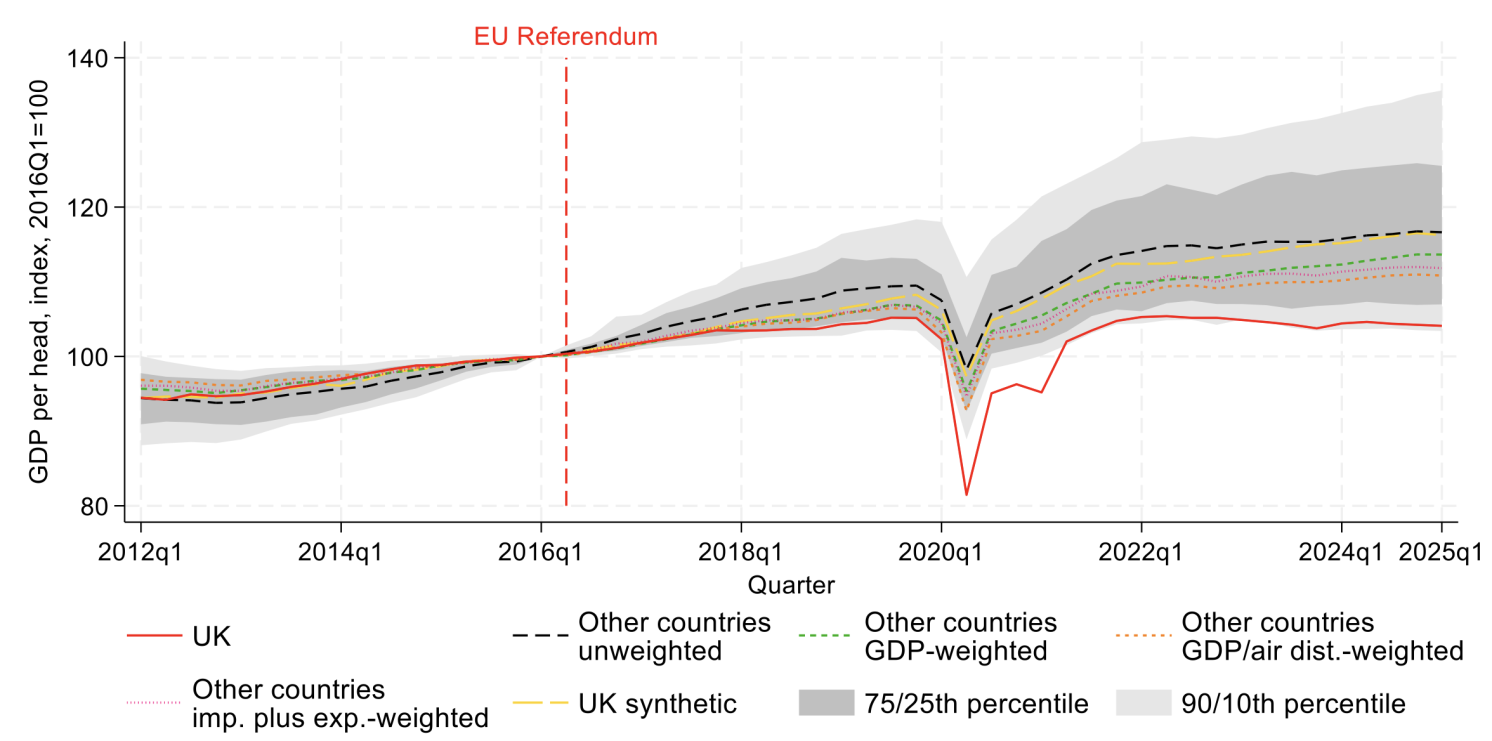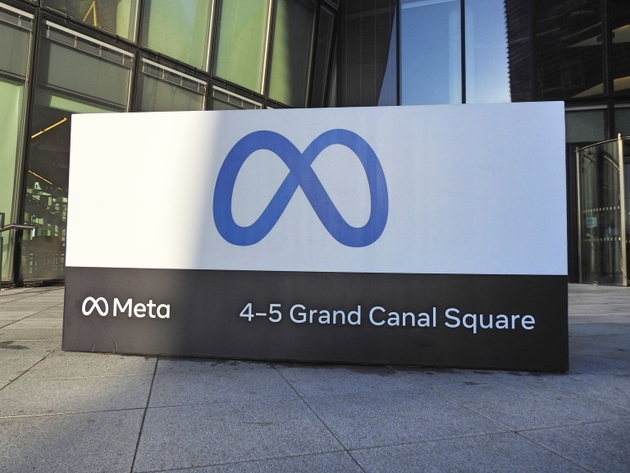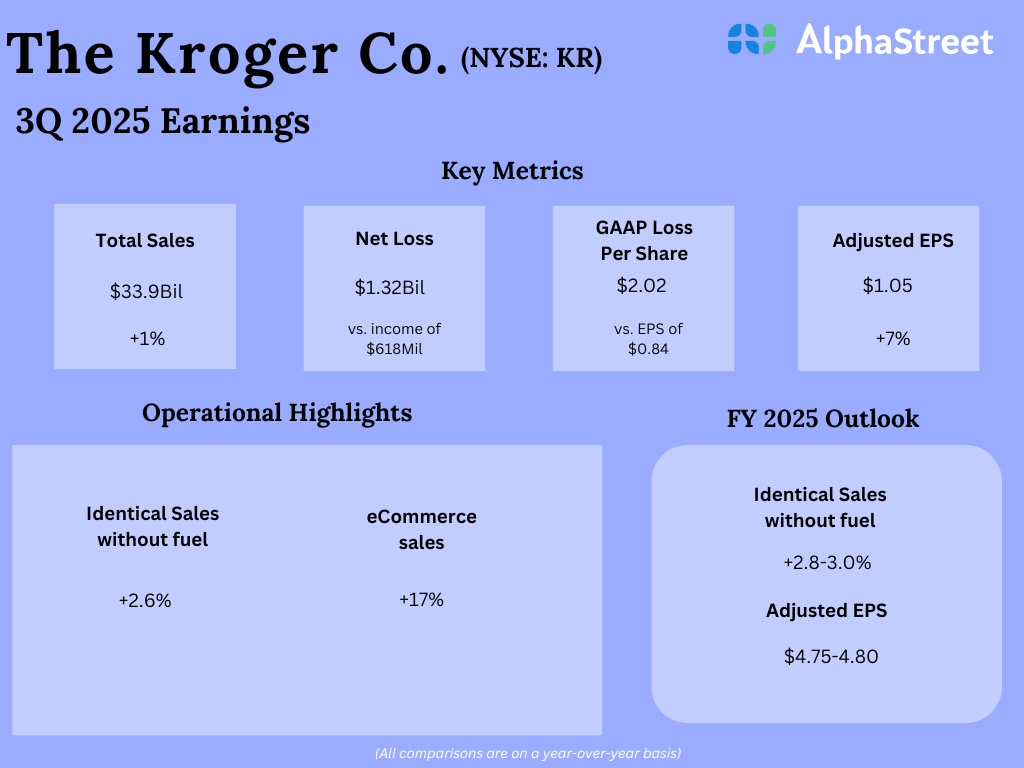Before the introduction of technology, banking had always been a face-to-face business. Yet even personal interactions have evolved from happening anywhere to meetings in coffee/tea shops and then having dedicated branches where banking happened in person
with physical money. At this point, everything was recorded in paper ledgers till as late as 1960. However, even with the first introduction of technology to automate paper ledgers, customers only interacted with banks by seeing a banker in person in a branch
until the 1980s.
Branches did allow customers to call in; however, this was not deemed secure, so telephone-assisted banking transactions were limited. Proper telephone banking from dedicated call centres was introduced in the 1980s, which was much more efficient and allowed
branches to focus on in-branch visits rather than answer calls.
Although Automated Teller Machines (ATMs) were introduced in 1967, initially, they offered only the ability to see a balance and withdraw cash. Decades later, they have evolved to do more like take deposits and top up mobile phones, though banks have always
had to balance what an ATM can do and manage “queue time” for those simply wanting simple transactions. ATMs were the first form of self-service capability offered by banks.
In 1980, United American Bank was the first to offer Home banking using a modem and dedicated TRS-80 computer. It was an expensive solution, so it was not really for the masses. Later, Videotext on Television services were used to provide home banking. This
extended reach further, getting up to 19% market share by 1991. Then, even though the first Internet banking solutions were launched in 1996, it was not until the launch of the iPhone and other more capable smartphones (Android) after 2006 that mobile banking
really expanded the reach of self-service banking. By 2016, most (over 50%) of banking customers in most developed countries used the Internet and mobile banking. Digital self-service banking had truly arrived.
Since then, we have seen the introduction of payments and banking on smartwatches, the use of social media platforms and chat platforms and early forays into banking on virtual reality headsets. Today, self-service banking has dramatically reduced call centre
and branch usage, and we are experiencing a rapid decline in branch visits and, hence, branch closures.
However, that is only part of the story in banking distribution. In 2017, the UK and Europe launched Open Banking and a regulation called Payment Services Directive 2 (PSD2), which allowed 3rd parties to action payments or access payment/statement data with
the bank’s customer’s permission. To enable this, banks had to provide APIs accessible over the Internet. For the first time, 3rd parties could innovate on banking data and payments, and a new generation of FinTechs was born, providing richer and better banking
experiences than banks.
Whilst initially, this was seen as a threat to banks’ distribution channels, banks began to leverage this initiative to foster relationships with FinTechs and even offered these solutions in their own marketplaces.
We are now seeing a more strategic approach to banking distribution. Banks had always owned the customer relationship in the past, and whilst some had partnered with retailers to broaden their client base, banks still knew their customers were unlikely to
switch. However, some have seen that 3rd parties can partner with banks to offer more personalised and richer experiences, enabling banks to grow customers faster than they could on their own. This has led to the launch of Banking As A Service (BaaS) as a
strategy, where 3rd parties embed banking products and services into their offering without getting their own banking licence. BaaS allows 3rd parties to own complete customer journeys and remove the friction associated with dealing with banks separately.
Beyond this, 3rd parties are innovating on the use of banking data to drive deeper customer knowledge and, therefore, products and services that create loyalty.
Open Banking and the movement to embedded finance have led to the 3rd shift in Banking distribution. Banking has moved from Bank Served to Self-Served, and now, 3rd Party Served. This third shift requires banking services and products to be used by third
parties using APIs, hence providing another reason why banking has to be componentised, whilst scaled now for a greater level of demand.







































